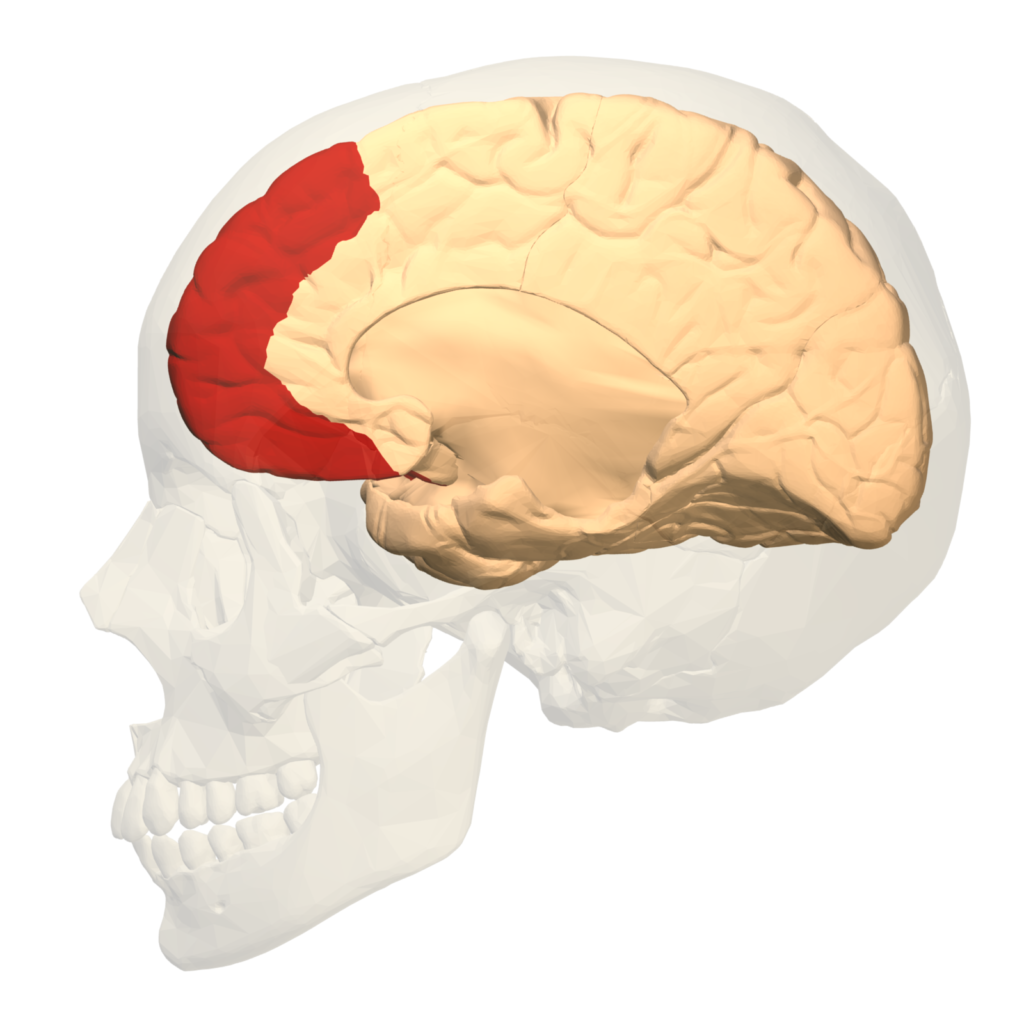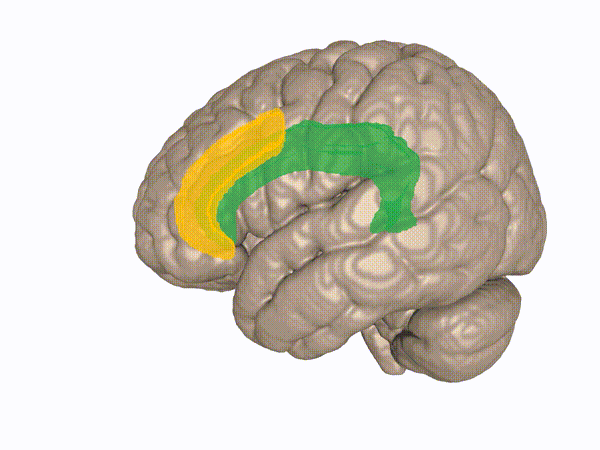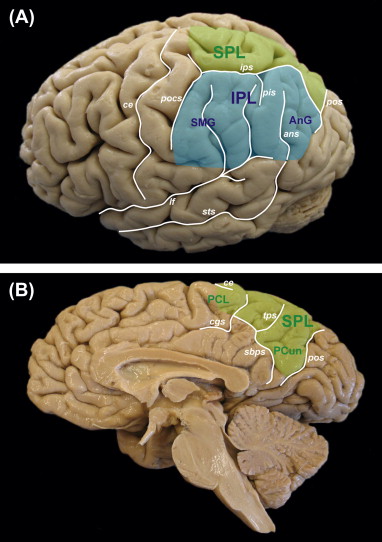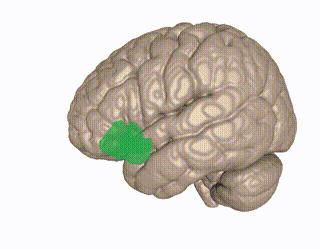What is the default brain network?
the default mode network (DMN)
The default brain network, also known as the default mode network (DMN), is a group of brain regions that are active during wakeful rest periods when an individual is not engaged in any specific task or external stimuli. This network was first described in 2001 and has been extensively studied using functional magnetic resonance imaging (fMRI) techniques.
The key brain regions that make up the default mode network include:
- Medial prefrontal cortex (mPFC): This region is involved in self-referential processing, introspection, and social cognition.

- Posterior cingulate cortex (PCC): The PCC is associated with autobiographical memory, self-reflection, and integrating information from different brain regions.

- Precuneus: This area is involved in episodic memory, visuospatial processing, and self-awareness.

- Inferior parietal lobule (IPL): The IPL plays a role in attention, episodic memory retrieval, and self-other distinction.

- Lateral temporal cortex: This region is associated with semantic memory and conceptual processing.


The default mode network is active when the mind is wandering, daydreaming, or engaging in self-referential thoughts and introspection. It is believed to support internal modes of cognition, such as retrieving autobiographical memories, envisioning the future, and reflecting on one’s mental states and experiences.
Interestingly, the default mode network shows decreased activity when an individual is engaged in goal-directed tasks or focused on external stimuli. This pattern of activity suggests that the DMN may play a role in shifting between internal and external modes of cognition, allowing the brain to allocate resources efficiently based on the task demands.
Dysfunction or alterations in the default mode network have been implicated in various neurological and psychiatric conditions, such as Alzheimer’s disease, autism spectrum disorder, schizophrenia, and depression. Understanding the default mode network and its interactions with other brain networks may provide insights into cognitive processes, self-awareness, and the potential underlying mechanisms of certain neurological and mental health disorders.


